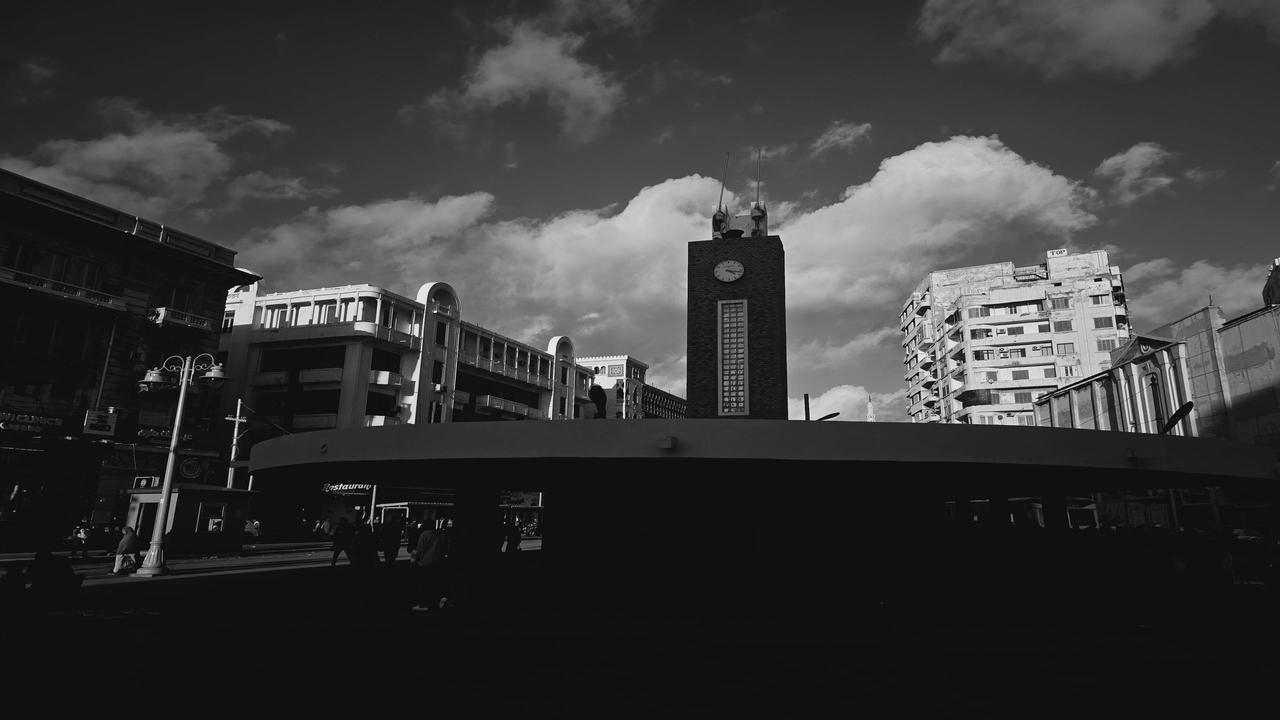

Raml Station(2024)
Raml Station is one of the most famous places in all of Alexandria. This documentary captures the beauty of Raml Station.
Movie: Raml Station

محطة الرمل
HomePage
Overview
Raml Station is one of the most famous places in all of Alexandria. This documentary captures the beauty of Raml Station.
Release Date
2024-12-21
Average
10
Rating:
5.0 startsTagline
Genres
Languages:
No LanguageKeywords
Recommendations Movies
 10.0
10.0Love Poems Part II: Alexandria(en)
CATS, SEA, FISHERMEN AND SUNSET. The sequel to the original Love Poems. A short documentary Film capturing beautiful shots in the City of Alexandria followed by a Poem written for the city by Salma Torrez.
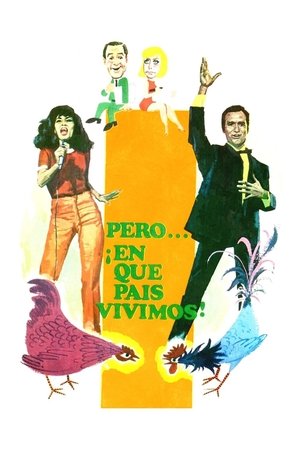 5.0
5.0Pero… ¡en qué país vivimos!(es)
Antonio Torres, a serious singer of Spanish popular music, and Bárbara, a vivacious yé-yé singer, face off in a chaotic contest promoted by Rodolfo Sicilia, an overworked publicist.
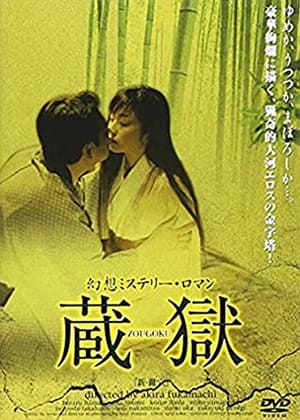 4.7
4.7The Secret in the Attic(ja)
A beautiful woman marries a wealthy man, who for years chose to be a bachelor inspite of numerous female suitors. At first the marriage is perfect; he’s a loving husband and an enthusiastic lover. But soon the romance cools and the wife discovers that it has to do with a secret kept in the attic, something – or someone – he visits every night, that is changing him from a loving husband into a stranger… Akira Fukamachi directs this erotic and atmospheric drama.
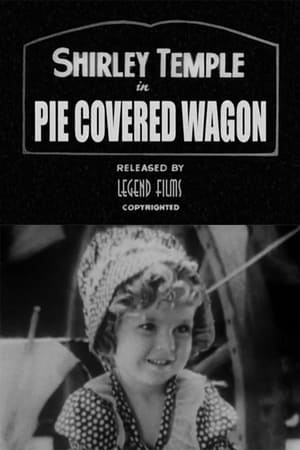 6.0
6.0The Pie-Covered Wagon(en)
Shirley gets kidnapped by Indians, but by the end there is a big pie fight.
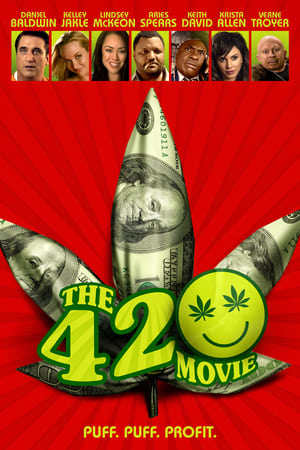 3.2
3.2The 420 Movie(en)
With grand ideas of leaving the broken city they grew up in, two sisters get roped into using their get rich idea to help their womanizing father save the city he loves from bankruptcy and a three foot tall Mexican Drug Lord.
 7.7
7.7Rock-a-Bye Gator(en)
It's alligator hibernation season in the Everglades, but Gabby Gator is wide awake and eager to have Woody for dinner.
 10.0
10.0While We've Still Got Feet(en)
A lonely middle-aged man must reconcile with his grief when his rambunctious 9-year-old niece enters them both into a local dance contest.
 9.0
9.02017 Sundance Film Festival Short Film Tour(en)
Fueled by artistic expression and limited only by their runtime, short films transcend traditional storytelling. They are a significant and popular way artists can connect with audiences. From documentary to animation, narrative to experimental, the abbreviated form is no longer just for the novice. Shorts have and will continue to be an important part of cinema, storytelling, and culture. The Sundance Film Festival has always been proud to treat short films with the highest regard and to give a home to new (and old) projects for audiences to discover and celebrate.
 10.0
10.0Ransom(en)
After receiving a mysterious note, Charlotte Blaine builds an unlikely friendship that slowly unravels, revealing something far more sinister.
 5.0
5.0Pubertinaje(es)
Three episodes: 1) "A Christmas dinner" where the family members fantasize about being somewhere else. The fetishist father wants to put on feminine clothes. The son longs for another transvestite adventure. The daughter yearns to be a singer and destroy the saints of the church with her voice. The youngest son wants to stab everyone dead. 2) "Game of mirrors". Two young classmates kiss on a picnic, but the girl's brother accuses the couple of being immoral. Bizarre things develop. 3) "Tetrahedron". A very fat man faces his girlfriend's longing for love.
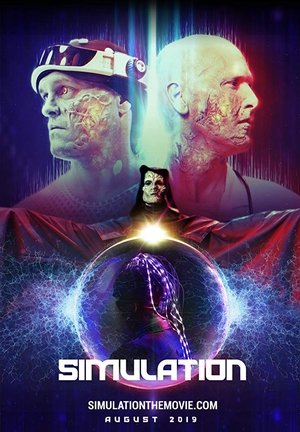 7.0
7.0Simulation(en)
An advanced alien civilization builds a simulated reality where infinite beings, including humans, are imprisoned.
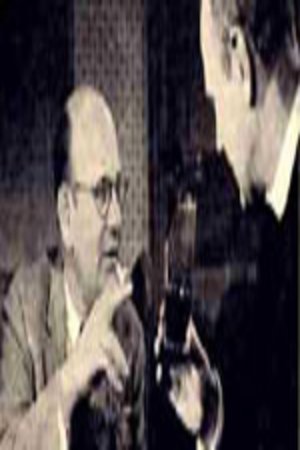 10.0
10.0How Do You Like Them Bananas(en)
A clergyman seeks a donation from a banker in this short slapstick comedy.
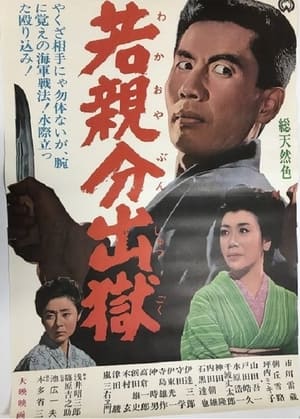 3.8
3.8Young Boss: Prison Release(ja)
The further adventures of Takeshi Nanjo, the Young Boss.
Ensamrummet(sv)
Emma's parents are going to divorce, but before that the family goes on holiday to the countryside. Emma is left alone when the parents just arguing and moving to another room. Soon she discovers that there is something mysterious about the room when a typewriter starts writing a message by itself...
Championship Chase(en)
NFL Films recaps the 1974 NFL season in Championship Chase.
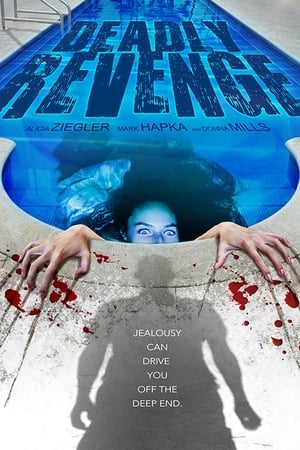 3.2
3.2Deadly Revenge(en)
Charming LA architect Harrison, also a great cook and lover, gets engaged to Cate, a San Francisco landscape architect he meets while collaborating on a major project, after they get locked in by a malfunctioning elevator. She moves to LA for him and volunteers, while he's on mission in Tokyo, to mind his widowed mother Evelyn, still a major force in his life. However Cate gets paranoid when feeling weak and hearing rumors that his former girlfriend disappeared mysteriously years earlier, even cancels the engagement. Then the truth gets out, clearing Harrison and uncovering a lurking danger.
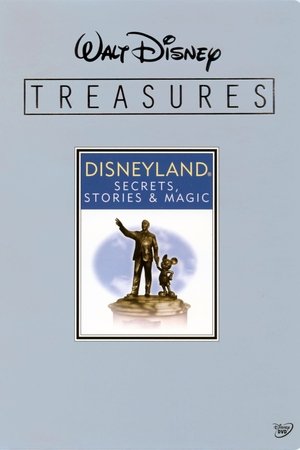 9.5
9.5Walt Disney Treasures - Disneyland: Secrets, Stories and Magic(en)
On July 17 1955 Walt Disney opened the gates to Disneyland(R) the beloved American icon that has become a cherished destination for generations. It was also the day Walt's sixteen-year dream came true. The centerpiece of this volume is a captivating and nostalgic film that takes you inside that dream. Rare archival footage new interviews with key people and Walt's own words reveal how his innovative vision became a reality. Then discover more Disneyland(R) secrets with a fun-filled trivia game and relive the magic of the recently restored PEOPLE AND PLACES: DISNEYLAND U.S.A. presented in CinemaScope with a new 5.1 audio mix.
Similar Movies
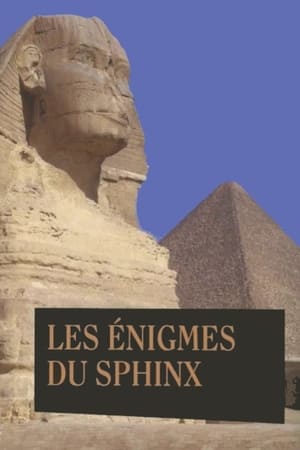 6.0
6.0Riddles of the Sphinx(en)
For over 4000 years, the Sphinx has puzzled all who have laid eyes on it. What is this crouching lion, human-headed creature? Who built it and why? To unlock its secrets, two teams of scientists and sculptors immerse themselves in the world of ancient Egypt — a land of pharaohs and pyramids, animal gods and mummies, sun worship and human sacrifice.
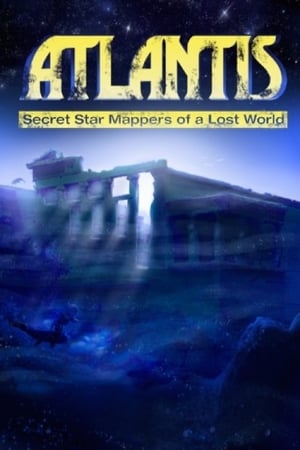 0.0
0.0Atlantis: Secret Star Mappers of a Lost World(en)
Go beyond the lost human history! A profile and examination of the recent findings of a highly advanced human settlement submerged at the end of the Ice Age when the sea level rose. The story of Atlantis has its roots in actual historical events!
 0.0
0.0Tough Boats: Journey Down the Nile(en)
Board a traditional felucca sailboat and travel down the Nile from Aswan to Cairo, visiting spectacular ancient Egyptian tombs and temples on the way.
 5.5
5.5The Hidden History of Egypt(en)
Egyptians were famed for their extravagant building techniques and extraordinary gods, but what about the ordinary citizens? How did they lead their day to day lives? What did they do for entertainment? Did they believe in their gods? Discover astonishing facts that throw new light on our understanding of the Ancient Egyptians.
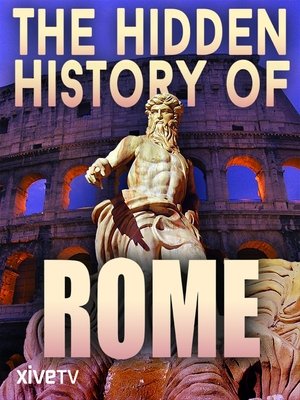 5.0
5.0The Hidden History of Rome(en)
Rome was famed for the decadence of its ruling class, however, what about the ordinary citizens of these ancient cultures? How did they lead their day to day lives in an age when the average life expectancy was little more than forty? Did they believe in the Pagan Gods? What were their sex lives like? What did they do for entertainment? How ordinary Romans lived is, for the most part ...
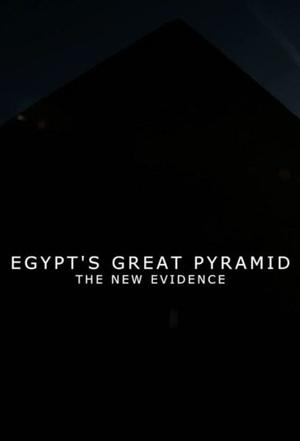 8.0
8.0Egypt's Great Pyramid: The New Evidence(en)
Egypt's Great Pyramid may be humanity's greatest achievement: a skyscraper of stone built without computers or complex machinery. This super-sized tomb has fascinated historians and archaeologists for centuries, but exactly how the ancient Egyptians finished the monument and fitted its two and a half million blocks in a quarter of a century has long remained an enigma. Today the secrets of the pyramid are finally being revealed thanks to a series of new findings. At the foot of the monument, archaeologists are uncovering the last surviving relic of the pharaoh Khufu, whose tomb it is: a huge ceremonial boat buried in flat-pack form for more than 4500 years. It's a clue that points to the important role that ships and water could have played in the pyramids' construction. This documentary follows investigations that reveal how strong the link between pyramids and boats is. It's a story of more than how Egypt built a pyramid: it's about how the pyramid helped build the modern world.
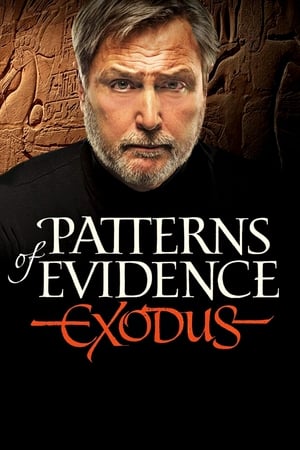 7.1
7.1Patterns of Evidence: The Exodus(en)
A debate rages over the credibility of the Bible. Most archaeologists today have concluded that there's no evidence that the Exodus of Israelite slaves from Egypt ever happened. Filmmaker Timothy Mahoney faces a crisis of faith: "Is this foundation event of the Bible really just a myth?" He embarks on a 12-year journey around the world to search for answers. The Exodus unlocks the mystery of this ancient saga, combining a scientific investigation with a retelling of the Exodus story to reveal an amazing pattern of evidence matching the biblical account that may challenge our understanding of history.
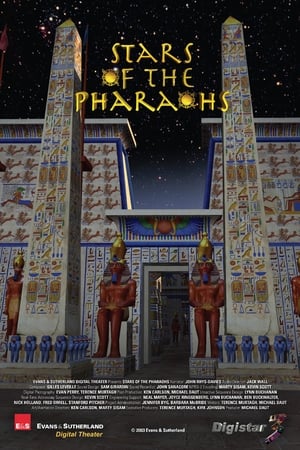 0.0
0.0Stars of the Pharaohs(en)
Travel to ancient Egypt to see how science was used to tell time, make a workable calendar, and align huge buildings. You'll learn about the connection the ancient Egyptians felt with the stars and various astronomical phenomena, and experience some of the most spectacular temples and tombs of the ancient world recreated in all of their original splendor. Telly Award winner. Narrated by John Rhys-Davies, of the Indiana Jones films and The Lord of the Rings films.
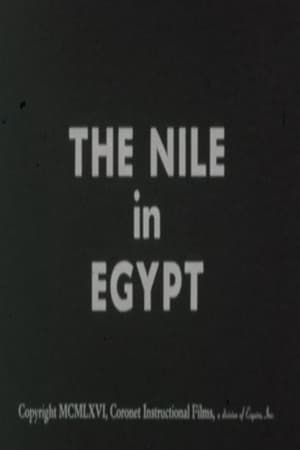 0.0
0.0The Nile in Egypt(en)
Contrasts ancient and modern methods of irrigation along the Nile. Discusses the benefits of the dam at Aswan. Shows how the Nile brings fertility to Egypt and serves as a vital artery of transportation.
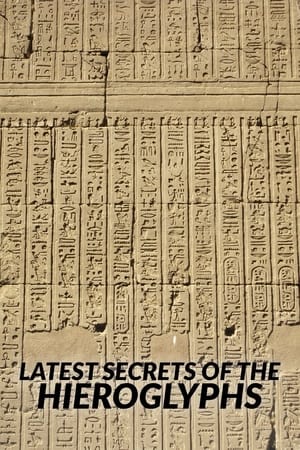 7.0
7.0The Latest Secrets of Hieroglyphs(en)
The great history of Egypt is inscribed on its monuments, temples and tombs, but hieroglyphs – the written language of the ancient Egyptians – fell silent until 1822 when a young French scholar, Jean-François Champollion, became the first person to decipher their texts for over a thousand years. Champollion’s insights and the work of other scholars helped bring an entire civilisation back to life. Today, researchers are increasingly interested in the authors who created these hieroglyphic works. Near Luxor, The Latest Secrets of Hieroglyphs follows a new generation of Egyptologists as they unlock the texts inscribed inside a richly adorned tomb, revealing the beliefs and lives of the priests, scribes, painters, engravers and builders who created this grand funerary monument.
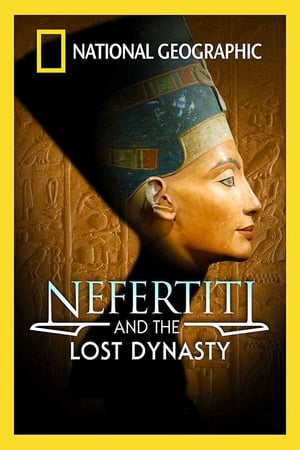 7.0
7.0Nefertiti and the Lost Dynasty(en)
It is one of Egypt's enduring mysteries. What happened to Nefertiti and her husband, Akhenaten - the radical king, and likely father of King Tut? In a dark and mysterious tomb located in the Valley of the Kings, there is a small chamber with two mummies without sarcophagi or wrappings. At times, both have been identified as Queen Nefertiti by scholars, filmmakers and historians. But the evidence has been circumstantial at best.
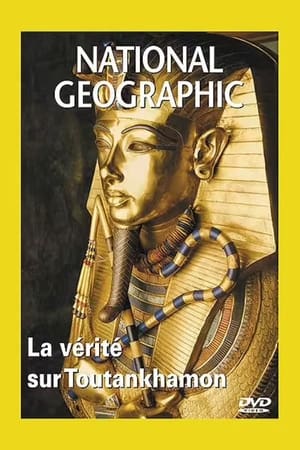 6.0
6.0King Tut's Final Secrets(en)
As part of a high-tech forensic probe into the demise of Egyptian Pharaoh Tutankhamun, scientists use X-rays and CT scans as they attempt to reach a conclusion about just how this famed king died. In addition, they explore the mysterious curse on explorers linked to Tut's tomb excavation.
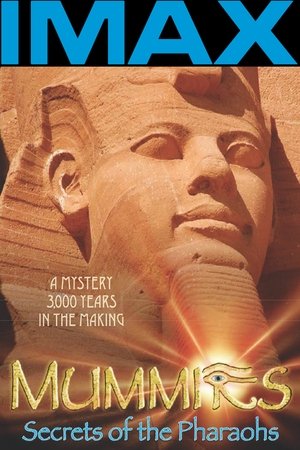 7.0
7.0Mummies: Secrets of the Pharaohs(en)
The grail is not the gold, nor the books of ancient wisdom, but the 3,000 year old DNA of the mummies, which may lead to a cure for malaria.
King Tut: Forgotten Treasure(en)
What exactly happened to all the objects found by Howard Carter after he finished exploring Tutankhamun's tomb in 1930 after they had been lying there for the past 3200 years? The most precious of them are exhibited in the Egyptian Museum in Cairo but most were kept out of sight from the very beginning. Ninety years later, for the first time, most of these objects will finally be brought together in the precinct of the great Museum of Giza. Some of them will make their way to the U.S.A. and Paris, where they will be exposed at the Cité des Sciences et de l'Industries in the autumn of 2018 - and then in London, Berlin, Tokyo and…
 6.0
6.0Koran by Heart(en)
In this 80-minute documentary, three 10-year-old children leave their native countries to participate in one of the Islamic world’s most famous competitions, a test of memory and recitation known as The International Holy Koran Competition. Up against much older students, these youngsters have committed the 600 pages of the Koran to memory, and will put their skills to the test before the elite of the world’s Muslim community in Cairo, Egypt. In the midst of this intense international competition, the three young competitors –two boys from Senegal and Tajikistan, and one girl from the Maldives – face uncertain futures at home, as they are caught between fundamentalist and moderate visions of Islam. The children discuss their recitation techniques – with accompanying, completely improvised melodies – and talk about their nerves and excitement as they finally compete before a panel of judges.
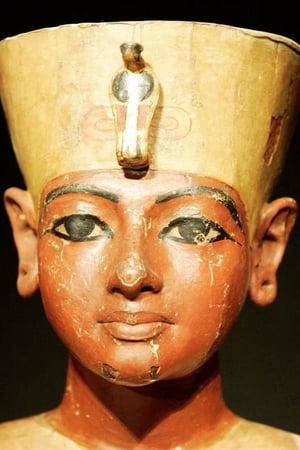 0.0
0.0Egypt's New Tomb Revealed(en)
American archeologists have found a new tomb in the desert valley. This is the first find of this magnitude since King Tutankhamun's tomb was uncovered in 1922, according to Egypt's Supreme Council of Antiquities. Called KV 63 - it is the 63rd discovered since the valley was first mapped - the new, intact tomb was found just 16 feet away from King Tut's resting place. A team of archeologists led by Otto Schaden discovered the tomb by accident while conducting "routine digs" on the nearby tomb of King Amenmesses, a 19th Dynasty pharaoh. Explore the wonders of the magnificent lost era.
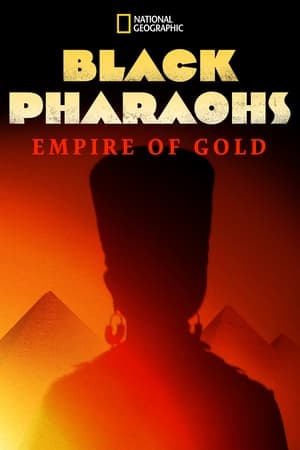 8.0
8.0Black Pharaohs: Empire of Gold(en)
It's a land of pyramids, gold, and ancient treasure, but it's not Egypt. It's present-day Sudan, once home to the glorious kingdom of Kush. Now, archaeologists are using every means possible - from robots to rock climbers - in their search for clues about this long-neglected culture. Once the Kushites filled the pharaohs' coffers with gold and, for a time, they even ruled over all of Egypt, but only now is their real story beginning to emerge.
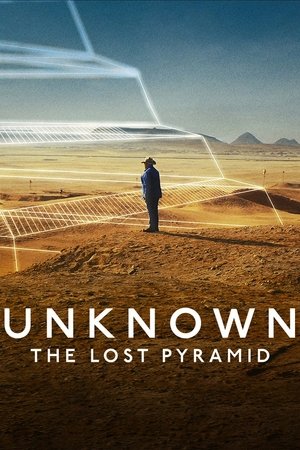 7.4
7.4Unknown: The Lost Pyramid(en)
Egyptian archeologists dig into history, discovering tombs and artifacts over 4,000 years old as they search for a buried pyramid in this documentary.
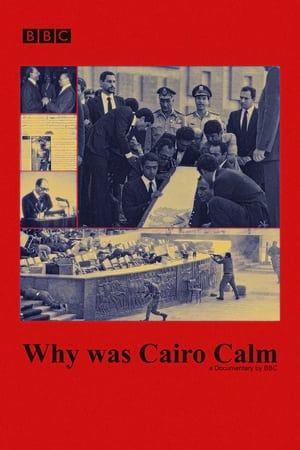 0.0
0.0Why was Cairo Calm(en)
It begins in the days after Sadat's assassination in 1981 by an islamist cell of army officers. The American media had led an outpouring of shock and grief in the United States at the death of the heroic president. All the western leaders then travelled to Cairo to say goodbye to the man who had courageously changed the course of history. But then they found that practically no Egyptians turned up to the funeral. And the western politicians and the American TV reporters couldn't understand why. The documentary tries to find the answer.
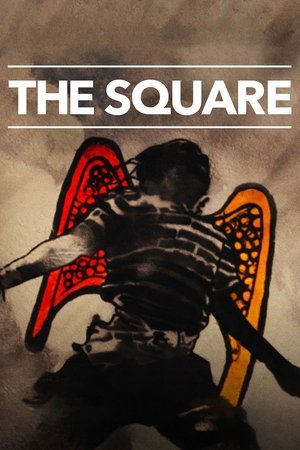 7.7
7.7The Square(ar)
The Square looks at the hard realities faced day-to-day by people working to build Egypt’s new democracy. Cairo’s Tahrir Square is the heart and soul of the film, which follows several young activists. Armed with values, determination, music, humor, an abundance of social media, and sheer obstinacy, they know that the thorny path to democracy only began with Hosni Mubarak’s fall. The life-and-death struggle between the people and the power of the state is still playing out.
